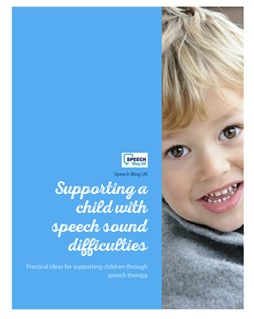Words such as long and short seem very simple, but actually they can be difficult for children to understand. This is because they are quite abstract words – the concept of “long” depends on what else is around it. So, a ruler might seem long if you compare it to a rubber and a pencil, but short if you compare it to a football pitch!
We have written about other concept words before. You can find out about how to teach big and little and colours by clicking the links. A child should understand these concepts and instructions with at least three key words before you introduce the idea of long and short. When they are ready though, you can try some of the ideas in this post.

First of all, here are a few general rules for teaching any new concept.
- Work on understanding of a word before you expect a child to use it. Most children need to understand a word before they can use it correctly.
- Teach pairs of opposites one at a time. So, for example, first of all you might contrast “long” and “not long”. When your child has fully understood this, then introduce the word “short”. This helps to prevent them becoming muddled about which word is which. However, this does require them to understand the word not. Some children I do this with do not have a secure understanding of the word “not”. If this is the case, I will use both words, but have more emphasis on long to start with, aiming for them to learn that one first.
- Your child is likely to need lots of repetition in real-life situations. Always try to reinforce what you are teaching by commenting on “long” and “short” things you come across day to day.
Now, here are some activities for teaching long and short.
- Real objects. It is always better to start with real objects and hands on activities. See if you can find some pairs of things with one long and one short. For example, you may have a long ruler and a short ruler or a long train and a short train. Put both items in front of the child and introduce them. Say “this ruler is long”. Emphasize the word long and hold your arms out to give visual support. Then show them the other one and say “this is not long”. I always shake my head as I do this to begin with. Then ask for one of them. “can you give me the long ruler”.
- Longer instructions. You can make this harder by having several pairs of long and short items and asking for one. Then your child has to listen for the item as well as the size word. You could add more elements to if the child is able to do it. For example, “run to the long train” or “sit on the long bench”. Only build up to this level gradually though – focus on just the understanding of “long” to begin with.
- Use pictures. Point out long and short items in books when you see them. Try to use pictures with a big difference in size between the long and the short one, so it is really obvious which one is which.
- Real life. What can you find around your house that is long? Do you have a long shelf? Long socks? Comment on things that are long as you come across them. If there is a choice, see if your child can find the long one.
With all of these activities, give your child instructions to follow. When they are able to do this fairly consistently, see if they can start giving you instructions too.
Common errors
Wrong toy. Your child may well give you the wrong item to begin with. So if you have asked for the long train, they may give you the short one. We need to let them know that it’s wrong but also keep it positive. Say something like, “thank you, but this is the short train. Can you find the long train?” Emphasize the word and spread your arms wide againt to give them a clue. Then praise them when they give you the right one.
Overusing the word. Often when children learn a new word, they use it too much to begin with. This is particularly likely to happen with long. They may use it in place of tall and wide as well, for example. If they do this, try saying, “yes it does look like a long man. We say a tall man.” Then move on to another one. Don’t try to actually teach tall while you are in the middle of teaching long.
What other ways do you teach long and short?






Leave a Reply